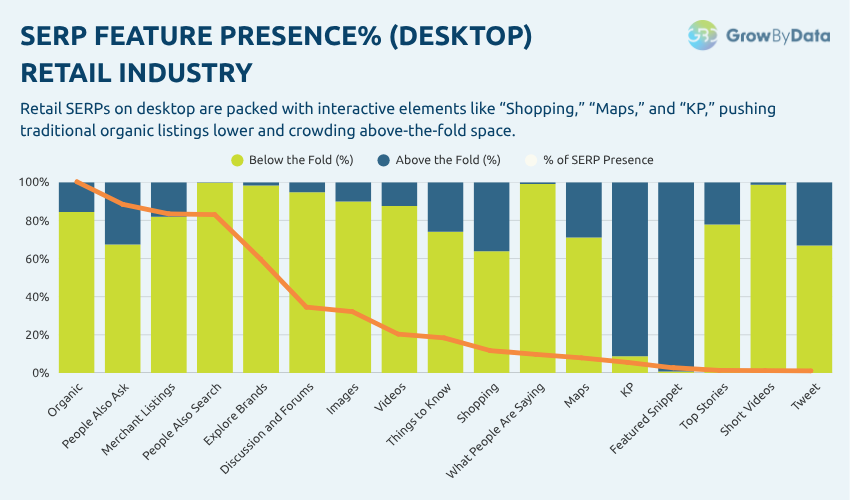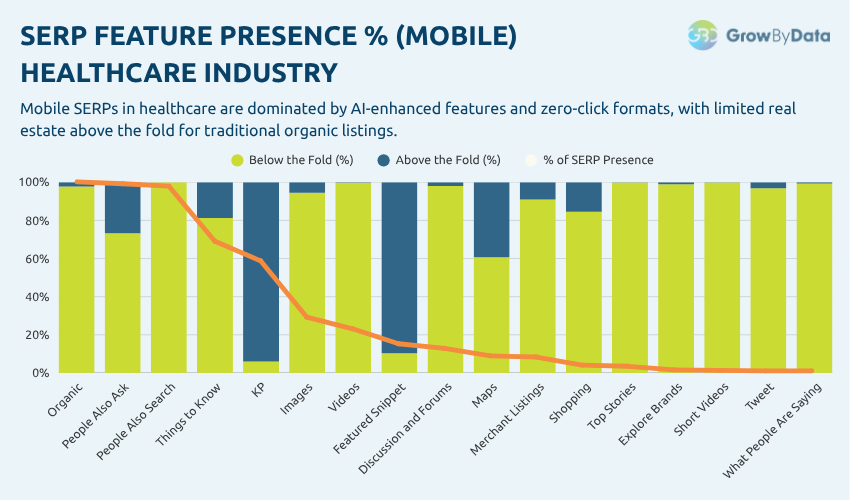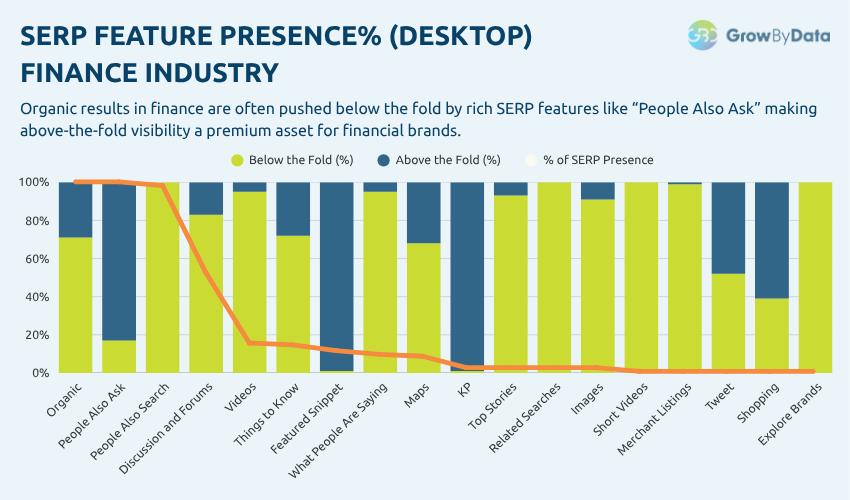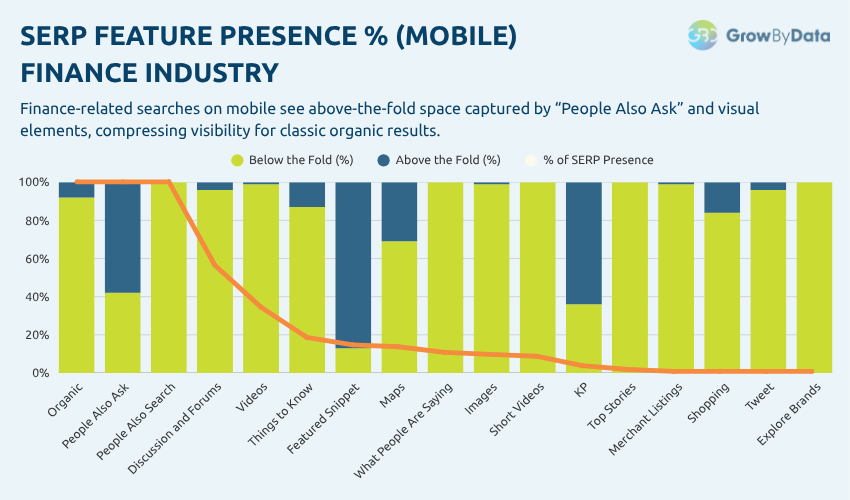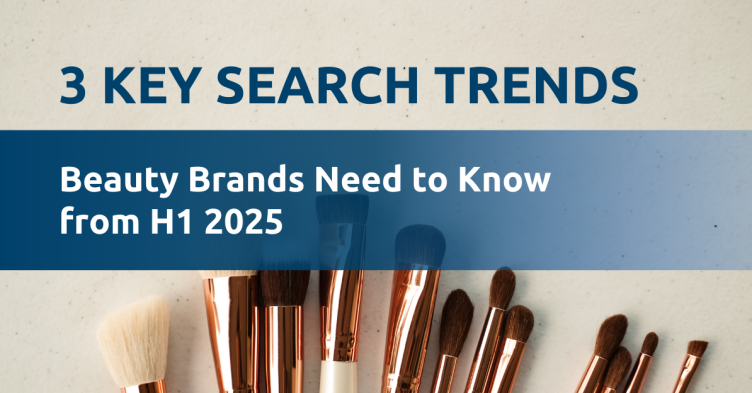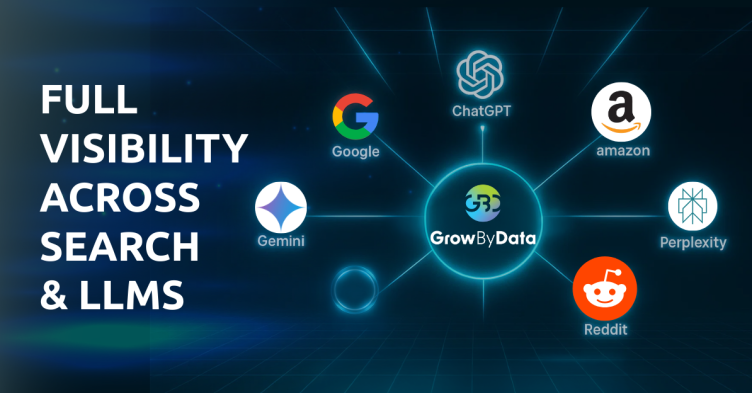As the digital world continues to navigate the ever-evolving nature of user search behavior, the importance of SERP monitoring and tracking can’t be understated. Traditionally when we think of SERPs, or the Search Engine Result Page, our minds immediately go to Google, and rightfully so given it holds the vast majority even today with the rise of AI Chat engines, ~90%, of search engine market share worldwide.
In 2024 alone, Google tested at least 96 new (significant enough to be noticed) features and hundreds (thousands?) of small variations of SERP layouts and visual elements, and only a small fraction have earned a permanent spot on the SERP. Not only have we seen new feature types, but we’ve also experienced an influx of user-generated content (UGC) and social media sites. And we can’t forget the new AI generative experience. An experience that takes featured snippets, or quick answers directly on the SERP, to a whole new level.
If we look at GrowByData insights from SERP Tracking tool, some of the new serp features have already taken quite a real estate in Google Search landscape. Some examples,
- What People are Saying (First Detected on Feb 1 2025)
- People Also Consider (First Detected on Jan 25, 2025)
- Nearby Shops (First Detected on Dec 1, 2024)
All of this leads to users spending more time on the SERP and less time interacting with your brand. With this increased level of noise in our users’ search journey, how can our sites stand out? This is where Search Intelligence comes in.
Search Intelligence is just what it sounds like, critical data that allows your brand to understand how to capture strategic visibility, and all of it is powered by comprehensive SERP monitoring.
What is SERP Tracking?
SERP tracking is the process of monitoring SERP composition, both SERP features and competitive landscape, to gain an understanding of what the user experiences when they turn to search for your brands most valuable keywords.
This enables brands to not only home in on key features and competitive positioning, but also understand what meaningful visibility looks like in key SERPs, turning ranking in search into resonating in search.
→ Read more about how to optimize for top 5 SERP features
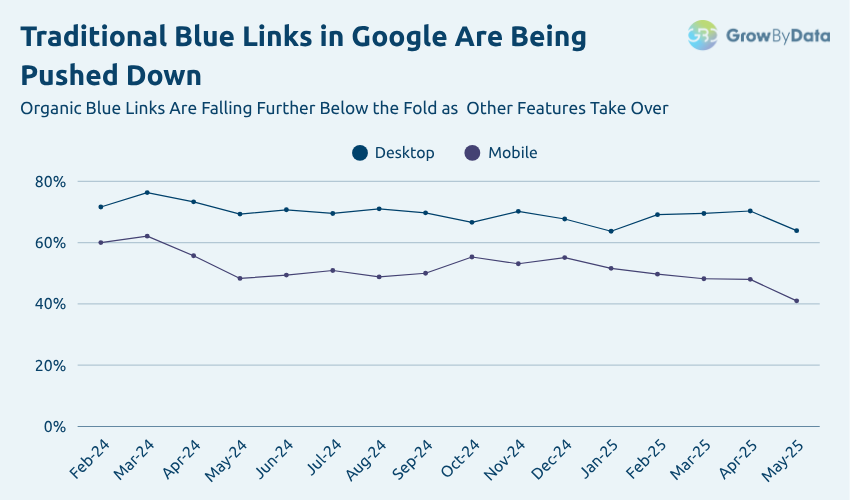
How to Track the Google SERP
There are a wide range of tools with a wide range of price tags available to monitor the SERP. While your specific business goals and resources will dictate what the right tool is, there are clear considerations to review before choosing a tool.
- Local SERP Tracking: Brands with brick-and-mortar locations should focus on tracking the SERP in the specific location these storefronts operate in. This allows our digital strategy to support, elevate, and drive physical foot traffic through optimal local visibility. Learn more about Local SEO optimization
- Keywords to Monitor in Search: The terms tracked will dictate the strength of your search intelligence. It’s critical to ensure your list of tracked keywords comprehensively covers the topical or service areas your brand wants to be visible in.
- SERP Tracking Rate: Consider if your brand needs to leverage multiple scans per day or only one. For SEM team, there may be the need to scan three to four times per day to monitor ad placement as daily budget caps dictate where and when brands appear.
- Multiple SERPs and Engine Tracking: Ensure the data you need to succeed is available in the tracking options. Your brand may need the Google Shopping SERP as well as the traditional web search SERP. There may be marketplaces, like Amazon, Walmart, and Target, or social and UGC channels that are valuable to your business. Ensure the SERP tracker of choice monitors those key SERPs your brand is looking for visibility.
Benefits of SERP Tracking
While sometimes Search data can be overwhelming and send us into overload. There are key benefits, and correlating data points, to highlight when thinking about SERP monitoring.
- Understand SERP Volatility
- Discover and Monitor Competitors
- Identify landscape SERP features
- Understand the right content for relevant and valuable keywords
- Brand defense efforts like brand Conquesting alerts, affiliate monitoring, and trademark protection
- Budget management across ad types and categories
- Identify areas of improvement and new ranking opportunities
Turn Search Intelligence into SERP Relevance
Now that you have rich data from your SERP tracking, your brand can start understanding what strategic visibility in your market looks like. Across all verticals, traditional organic listings have fallen drastically below the fold. On mobile, sometimes even falling off page one, with the first traditional organic listings beginning on page two.
So, the biggest piece of Search Intelligence you want to extract from your SERP tracking data is: what does appear above the fold? This illusive, limited space is the key to brand visibility. Your brand may hold high market share by ranking high in traditional organic listing, though have limited visibility because the brand presence isn’t varied and lives below the fold.
Industry/Device Wise SERP Presence Breakdown
Analysis of competitive SERP presence is another key to understanding what meaningful SERP features are. Which competitors are consistently appearing at the top of the SERP for the keywords your brand cares about and what content are they using to do it?
Understanding what a user experiences when they search for your primary targets includes both your competitors and the structure of the SERP. That’s why it’s important to keep a pulse on the many SERP changes that users experience in their digital journey through SERP monitoring. Once you have the data at your fingertips, there are so many Search secrets to unlock.
GrowByData supports this by delivering deep visibility into competitive SERP trends—tracking feature placements, content formats, and keyword strategies—so you can benchmark performance and identify new opportunities. With this data at your fingertips, there are countless search insights to uncover—and real actions to take.
If you’re ready to uncover strategic SERP opportunities, boost your above-the-fold visibility, and increase your Share of Voice in today’s evolving search landscape, connect with our expert today.
